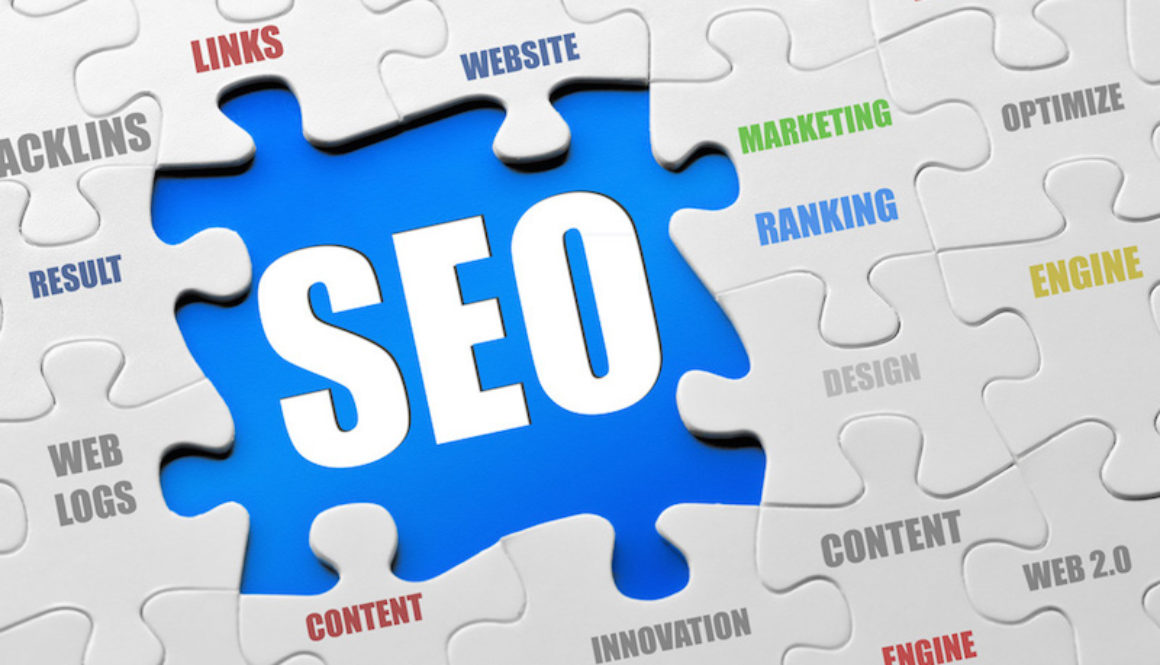The Importance of SEO For Your Website
4 Reasons Why SEO is Essential
Often, marketing agencies place their primary focus on content marketing, but even more important than that is the web design and search engine optimization. Marketers are putting the cart before the horse if they’re looking at content marketing efforts ahead of web design. There’s a delicate balance between SEO and web design and when that occurs, an increase in traffic will likely result. With adequate web design, a company can effectively achieve brand identity.
Let’s look at the reasons why this is important.
- Responsive Design – Mobile Marketing
Your desktop-based website is a great place to start for SEO, but you also need to optimize any related mobile apps you make available for your target customers. Mobile browsing, shopping and gaming have exploded in popularity during the past few years. Over 60% of users searching for products are conducting these functions on mobile devices. The problem is, many web designs aren’t user-friendly on smart phones or tablets, so visitors click away within seconds because the texts or images are too small or they don’t display the same way as they do on the desktop. These poor user experiences result in a significant drop in sales on the company’s side as a direct consequence of the unresponsive web design. If you use a responsive design and pair that with good search engine optimization there will be a much better user experience and you will be able to reap the benefits.
- Avoid Negative SEO
Developing a web design incorporating SEO is a careful balancing act because, if it’s done incorrectly, search engines will view the site as being “spammy.” For example, if the site contains too many keywords, it won’t rank at all. If there are links are your site that re-direct customers to “sketchy” websites or if you have a keyword or phrase that search engines might not want to crawl such as “Poker.” These are just examples that show the important of doing your research when it comes to SEO. Proper SEO is a combination of title tags, rich content, and keywords. These elements must be relevant and original, as well as be presented simultaneously alongside other visually appealing items such as images or video. It should be the objective of the web designer to create pages that appeal to users and the search engine itself.
- Links, Links, Links!
Search engines consider links to a website ‘votes of confidence’ in the site’s quality and credibility. The more links point to your website from other sources, the better the search engines can analyze the site’s popularity. The key to success is to encourage and generate links from quality, trusted sites.
- Remember to Index
One of the biggest mistakes a company can make is believing they can launch their website and search engines will pick it up automatically. Unfortunately, it isn’t that simple. Search engines must be told that the site exists through the use of indexing. Otherwise, search engines take longer to rank them–if at all. There are ways to achieve this, as with XML sitemap for example, but site mapping isn’t always a surefire method for getting search engines to notice sites. The best method is to use SEO, index the site, and then update it frequently. That way, search engines will see that pages that were indexed previously are in need of review. This method allows for better optimization and more chances for customers to see the business’s site.
What’s The Take Away From All of This?
In short, users should be able to roam around on your website whether they on a mobile device or on their laptop without any issues. It should be a user-friendly experience that makes them want to come back, not click the big red “X” on the corner of their browser. When SEO is used correctly, it leads to links and content that users require and allows companies to connect with more potential customers.

